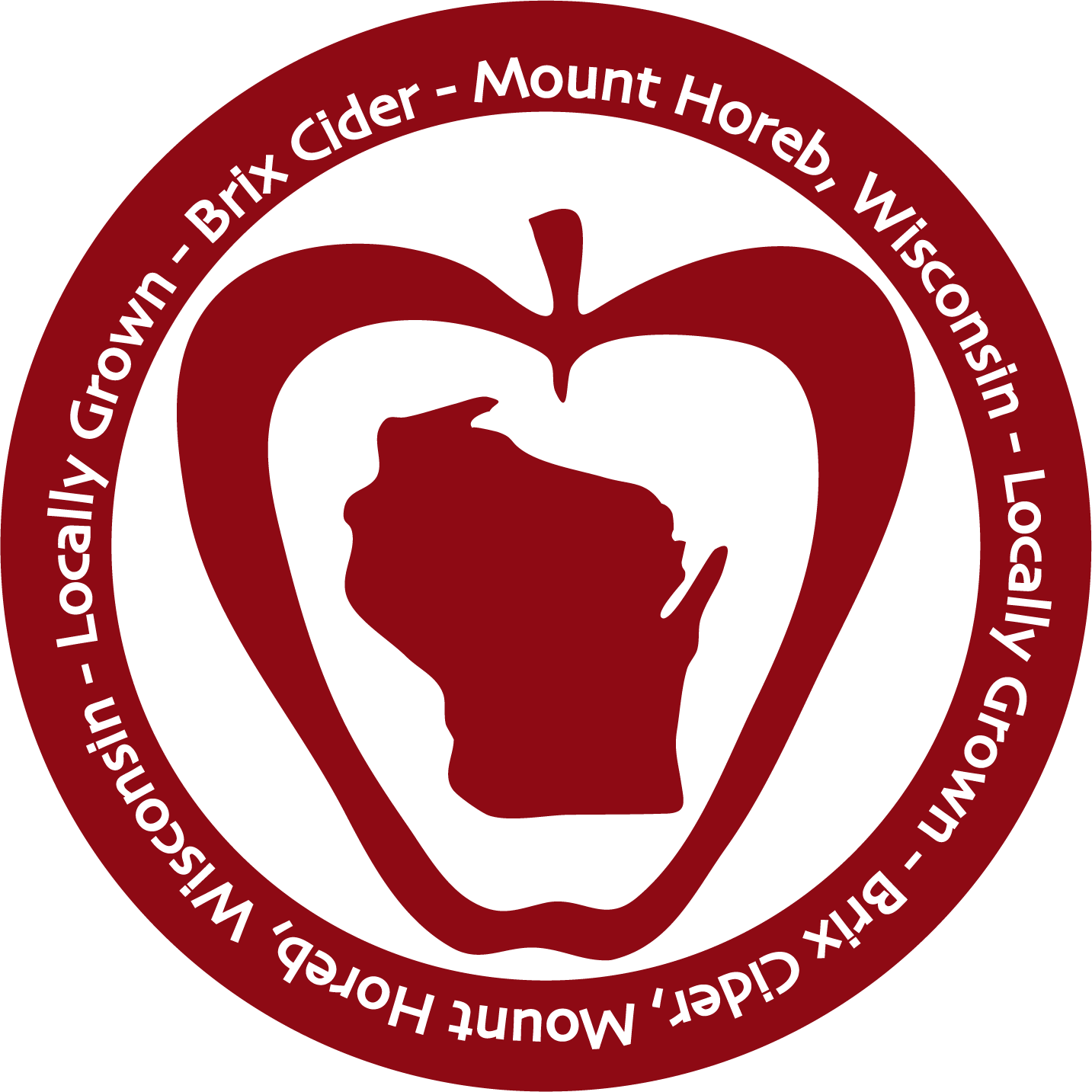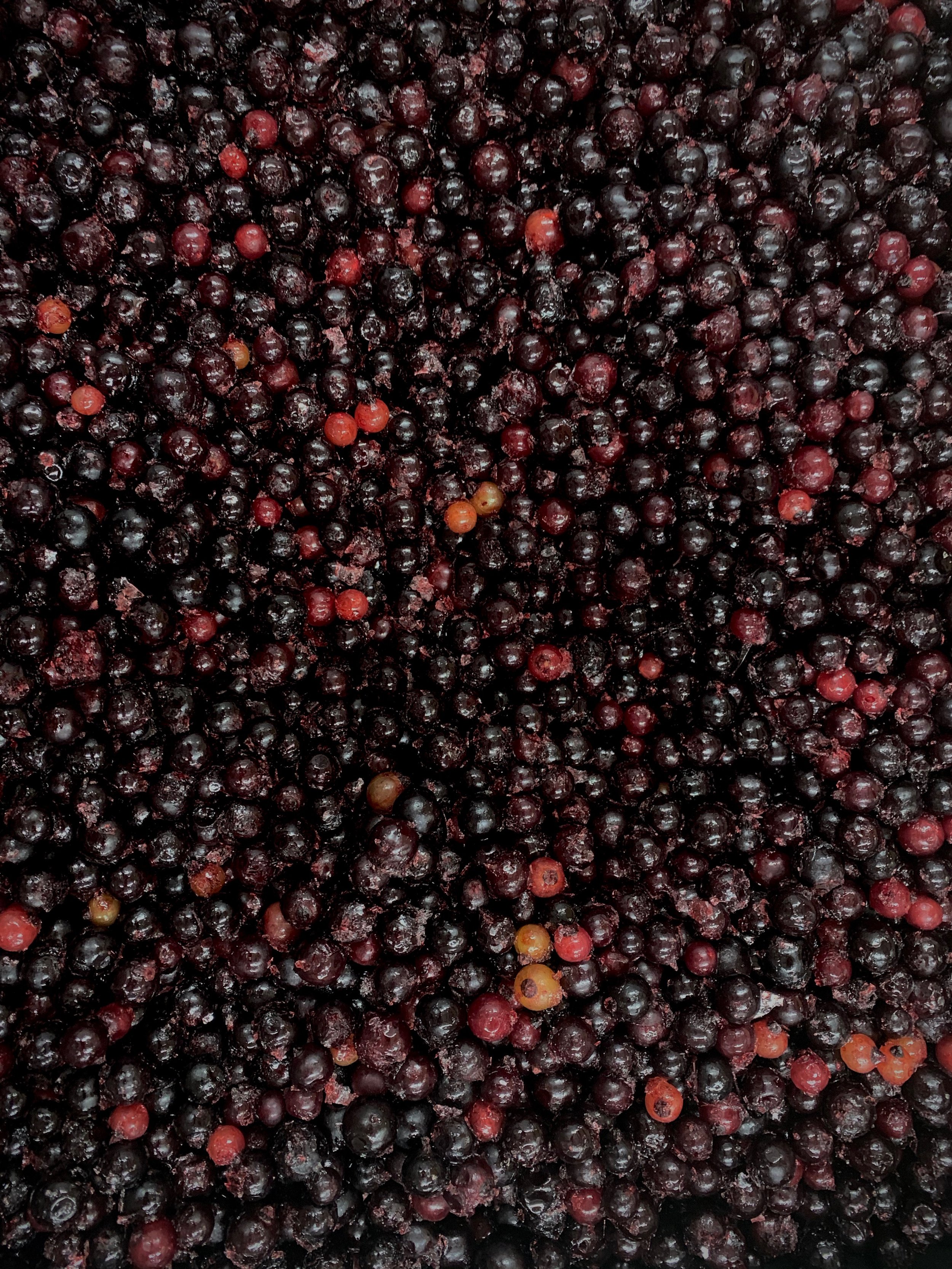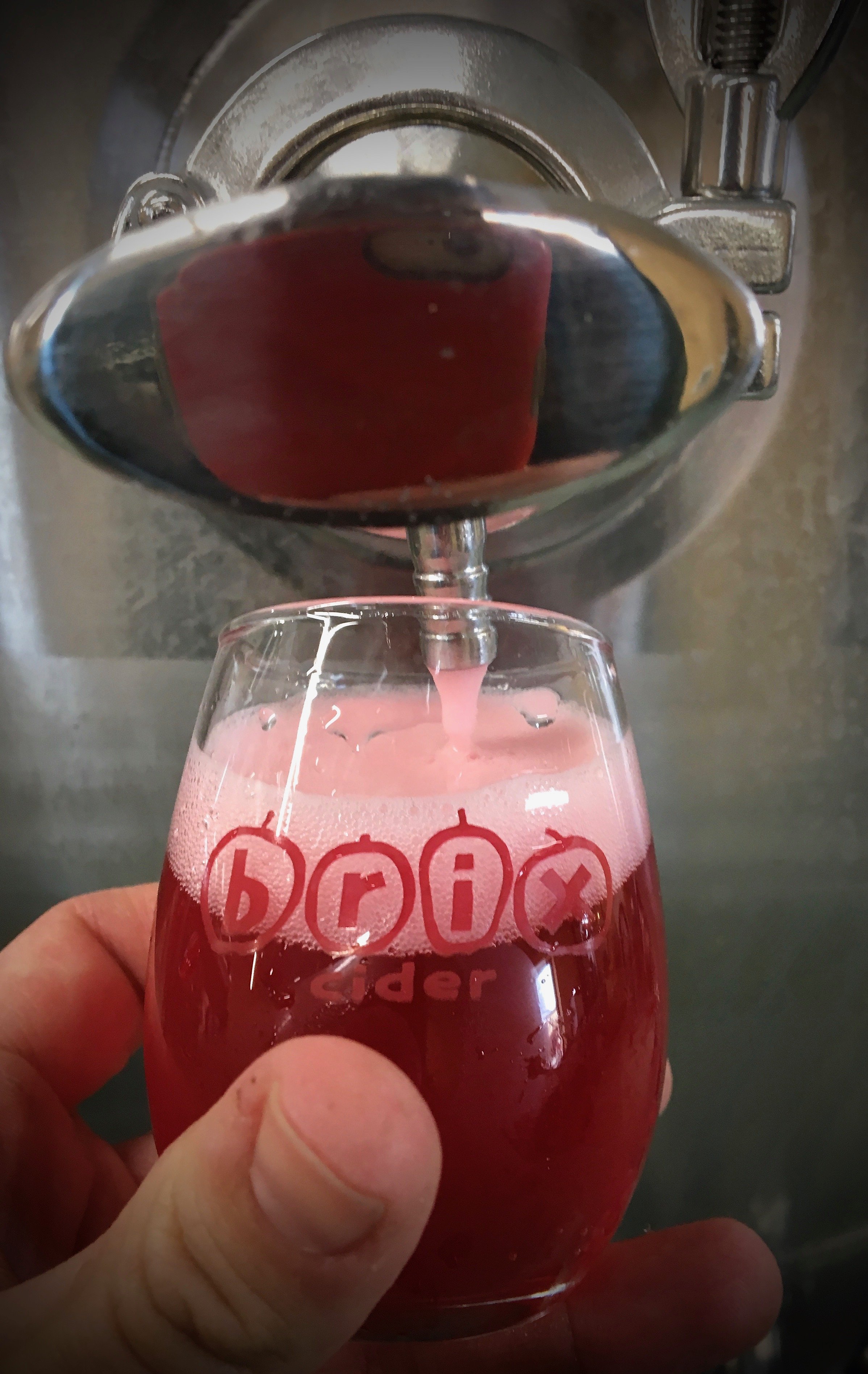Uncommon Crop Cider - Black Currant
About
Black currants (Ribes nigrum) are a small, round, very dark colored berry that grows on a shrub. They are native to Europe and parts of Asia where they are grown and consumed more commonly. They have a distinct, strong flavor that some have described as Cabernet-like, musky, or even umami. It’s also an incredibly nutritious fruit, so we like to think we’re therefore making nutritious cider. A number of growers in the Midwest are experimenting with black currants (and to a lesser extent red currants and champagne currants) and we certainly aren’t the first company to put currants in a cider. That said, the crop is still relatively uncommon, and the majority of local consumers aren’t very familiar with it.
Growing Black Currants
Our partner farm on this project, Carandale Fruit Farm, has been experimenting with uncommon crops since 2002 with black currants being one that they have tried out extensively. You can find more information about their experience growing black currants, including notes on specific varieties here: http://uncommonfruit.cias.wisc.edu/?p=327
Above: Black currants thawing after being frozen
Making the Cider
We actually started regularly making black currant cider, in larger batches in part because our initial experiments went well and in part because we found a local grower who could supply the black currants in sufficient quantities and at a price that didn’t break the bank. To make the cider we first freeze the black currants (or typically buy them frozen). When they thaw, we press them in a bladder press to extract the juice. We put the juice in the cider, and we also put the leftover skins in the cider inside a fine meshed nylon bag. We leave the skins for approximately two weeks, and we allow the cider to finish off dry.
Above: Pouring a tasting glass of black currant cider
Tasting the Cider
The black currant cider was rated the highest of all of the ciders in our consumer survey at 8.64 out of 10. Our black currant cider is one of our better selling ciders overall, and it is the cider of choice for several of our regular customers. It has a nice, ruby red color, pronounced acidity, and some underlying complexity from the black currants. It comes off like an easy drinking, light, refreshing wine. Descriptions from our tasting panel are included in the word cloud below.
Above: Word cloud of flavor descriptions of the black currant cider from a tasting panel of cider makers and fruit growers
We also did a “Black Currant Reserve” batch where we doubled our normal amount of black currants, fortified the cider with honey, barrel aged it, and then back sweetened it with more honey. The sweetness of the honey and the higher alcohol content helped balance the more intense acidity, and this richly flavored and popular cider drank more like a dessert wine.
Conclusions
Black currant is clearly a crop with a lot of potential based on its strong, distinctive flavors and attractive colors. They seem to grow well here, and there are even options for mechanical harvesting for farms that scale up operations. Currently, there aren’t strong local markets for black currants, but with products like our black currant ciders or other possible products such as wines, liqueurs, syrups, and jams, there could be future inroads towards reaching more customers, familiarizing them with black currants, and making black currants more a part of our food system.



